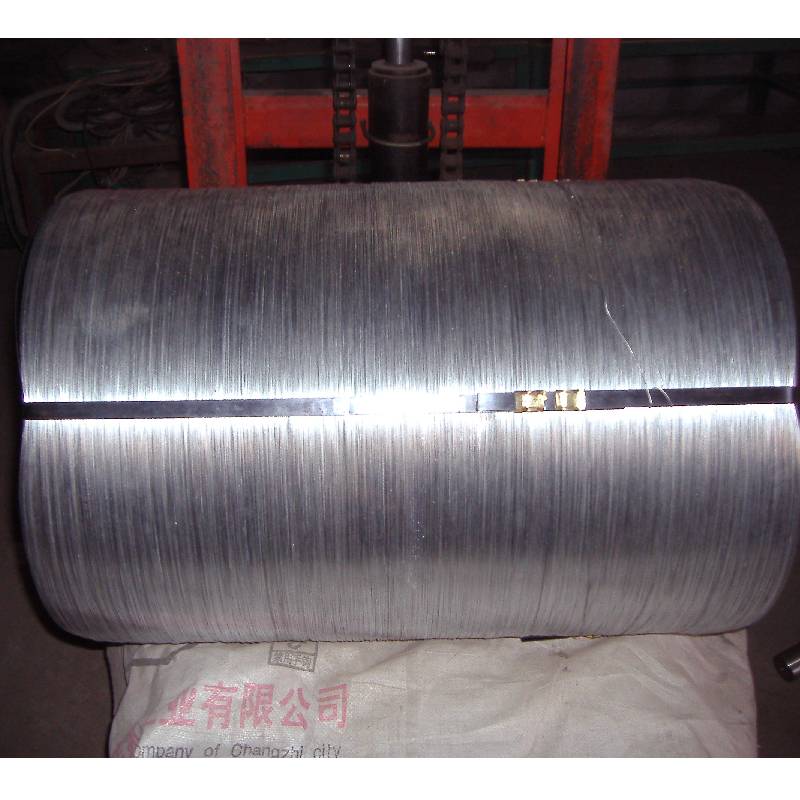
- Mobile Phone
- +8613931874955
- sales@cntcmetal.com
Optimizing Brick Reinforcement Techniques for Enhanced Structural Stability in Construction Projects
The Importance of Brick Reinforcement Ladders in Construction
In contemporary construction, the importance of structural integrity cannot be overstated. Among the various elements that underpin strength and durability, brick reinforcement ladders play a critical role, particularly in masonry work. This article explores the significance of brick reinforcement ladders, their benefits, and their application in modern construction practices.
A brick reinforcement ladder is essentially a system of horizontal and vertical reinforcements designed to enhance the structural stability of brick walls. These ladders are typically constructed from steel and are embedded within mortar joints as the wall is being built. Their primary function is to provide tensile strength, counteracting the inherent weaknesses of brick in resisting tensile stresses. Bricks, while strong in compression, can be particularly vulnerable to cracking if subjected to lateral forces. This is where the reinforcement ladder drastically improves performance.
One of the primary benefits of using brick reinforcement ladders is that they increase the overall durability of masonry structures. Buildings are often subjected to various external forces such as wind, earthquakes, and other environmental pressures. Reinforcement ladders help distribute these forces evenly across the wall, thereby minimizing the risk of structural failure. This enhanced resilience is crucial, particularly in areas prone to severe weather conditions or seismic activity.
Moreover, brick reinforcement ladders contribute to greater design flexibility. Architects and builders are often faced with the challenge of balancing aesthetic appeal with structural requirements. By utilizing reinforcement ladders, they can create intricate and innovative designs while ensuring that the building meets safety standards. This capability makes it possible to construct taller and more complex structures, which may not have been feasible with traditional brickwork alone.
brick reinforcement ladder

Additionally, the use of brick reinforcement ladders can lead to cost savings in the long term. Although the initial investment in reinforcement materials and labor may be higher, the enhanced longevity and reduced maintenance needs of reinforced structures can lead to significant savings over time. This cost-effectiveness is particularly appealing to developers and investors looking to maximize returns on their projects.
The installation of brick reinforcement ladders is relatively straightforward but requires skilled craftsmanship to ensure that they are positioned correctly and integrated seamlessly into the brickwork. Careful planning during the design phase is crucial to determine the optimal placement of the ladders, which should align with the architectural blueprint and the anticipated loads on the structure. Additionally, proper quality control measures during construction help to uphold safety standards and ensure the effectiveness of the reinforcement.
In terms of sustainability, the incorporation of brick reinforcement ladders can also be advantageous. By extending the lifespan of a structure, these reinforcements can reduce the need for frequent repairs or replacements, thereby minimizing waste and resource consumption. Furthermore, in regions where local brick is abundant, using brick combined with efficient reinforcement techniques can create environmentally friendly building solutions.
In conclusion, brick reinforcement ladders serve as an essential component in modern masonry construction. By enhancing structural integrity, providing design flexibility, offering long-term cost savings, and promoting sustainability, these ladders represent a forward-thinking approach to building and design. As the construction industry continues to evolve, the integration of advanced reinforcement techniques will undoubtedly play a significant role in shaping resilient and durable structures for future generations. Embracing such innovations not only ensures safer buildings but also contributes to the evolution of architectural possibilities in the ever-changing landscape of construction.
share:
-
Yard Sign Stakes: Reliable Guardians of Outdoor SignsNewsAug.04,2025
-
Wall Ties: Invisible Guardians of Building StabilityNewsAug.04,2025
-
Resilient Web: The Super Guardian Power of Concrete MeshNewsAug.04,2025
-
Masonry Accessories: A versatile assistant on building foundationsNewsAug.04,2025
-
Iron Binding Wire: the 'invisible reinforcement specialist' in the fields of architecture and industryNewsAug.04,2025
-
Dynamic Spring: The diverse functions and excellent performance of Wire Tension SpringNewsAug.04,2025
-
Your Source for Concrete Wall Ties and Masonry AccessoriesNewsJul.10,2025



















